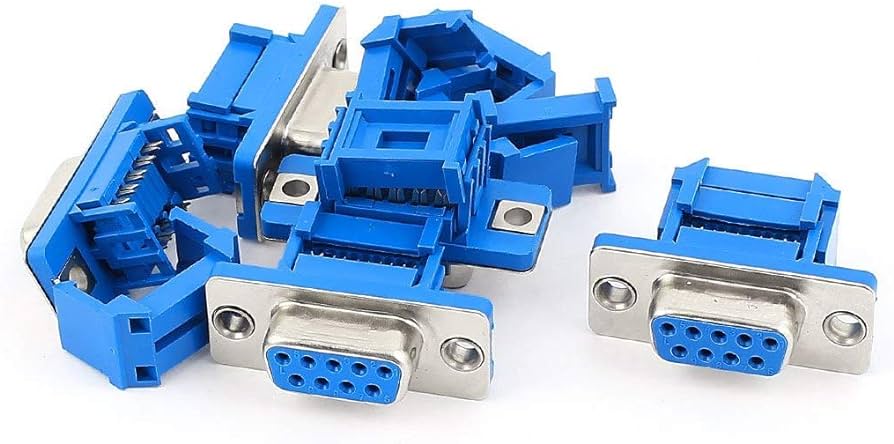In the world of electronics, connectors play a pivotal role in ensuring the seamless flow of data and power between various components. One such connector, the D sub connector, has been a staple in the industry for decades. Its durability, versatility, and reliability have made it a popular choice in a wide range of applications. In this blog, we will explore the D-Sub connector, its history, design, and common uses.
A Brief History
The D-Sub connector, short for “D-Subminiature” connector, traces its origins back to the 1950s when it was first introduced by Cannon (now part of ITT Corporation). The name “D-Sub” comes from the D-shaped metal shell that houses the connector’s pins or sockets. The connector’s design, with a mix of male and female contacts, was revolutionary at the time and has since become a standard in the industry.
Design and Variations
The D-Sub connector is characterized by its distinctive D-shaped metal shell, which provides mechanical stability and protection for the pins or sockets within. The most common types of D-Sub connectors are the DE (9-pin) and DA (15-pin) variants. However, D-Sub connectors come in various sizes and pin configurations, ranging from 9 to 78 pins. Common pin configurations include 9-pin (DE-9), 15-pin (DA-15), and 25-pin (DB-25). These connectors can be found in both male and female variations, making them versatile for various applications.
D-Sub connectors are typically used for various types of signal and data transmission, and their primary design features include:
- Metal Shell: The metal shell provides mechanical strength and EMI/RFI shielding, making D-Sub connectors suitable for industrial and high-interference environments.
- Pins or Sockets: D-Sub connectors use either pins (male) or sockets (female) for electrical connections. These pins and sockets can be soldered to cables or mounted on a circuit board.
- Screw Locks: Many D-Sub connectors feature screw locks that secure the connector, preventing accidental disconnection in critical applications.
Common Applications
D-Sub connectors are used in a wide range of applications due to their versatility and durability. Some common uses include:
- Computer Connectivity: D-Sub connectors were once ubiquitous for VGA (Video Graphics Array) connections on computer monitors and older video cards. While HDMI and DisplayPort have largely replaced them, D-Sub connectors are still found on some legacy systems.
- Serial Data Communication: D-Sub connectors are used for serial communication interfaces such as RS-232 and RS-485, making them popular in industrial control systems, instrumentation, and data acquisition.
- Aerospace and Military: The rugged nature of D-Sub connectors and their resistance to electromagnetic interference makes them ideal for aerospace and military applications.
- Industrial Automation: D-Sub connectors are commonly used in industrial automation for connecting sensors, actuators, and other devices in manufacturing and process control.
- Telecommunications: In the telecommunication industry, D-Sub connectors can be found in various networking equipment for data and control connections.
- Audio Equipment: Some audio equipment, especially older models, use D-Sub connectors for analog and digital audio connections.
Conclusion
The D-Sub connector may not always be in the spotlight, but it remains an integral part of the electronics industry due to its versatility and robust design. With a long history dating back to the mid-20th century, it continues to serve various applications across different sectors, offering reliability and performance that stands the test of time. Whether you encounter it in your computer, industrial control system, or aerospace equipment, the D-Sub connector is a workhorse that keeps the world of electronics connected.



